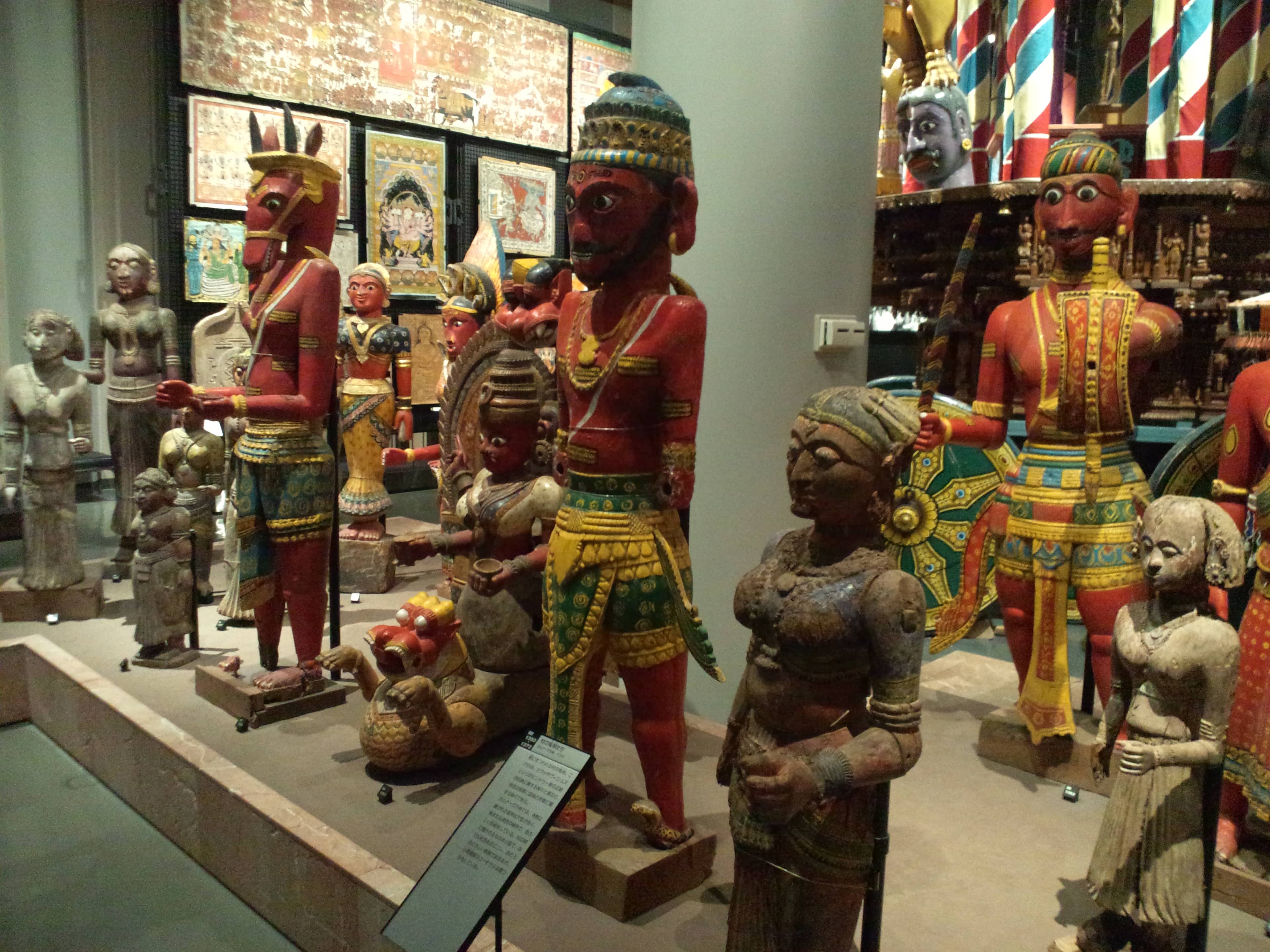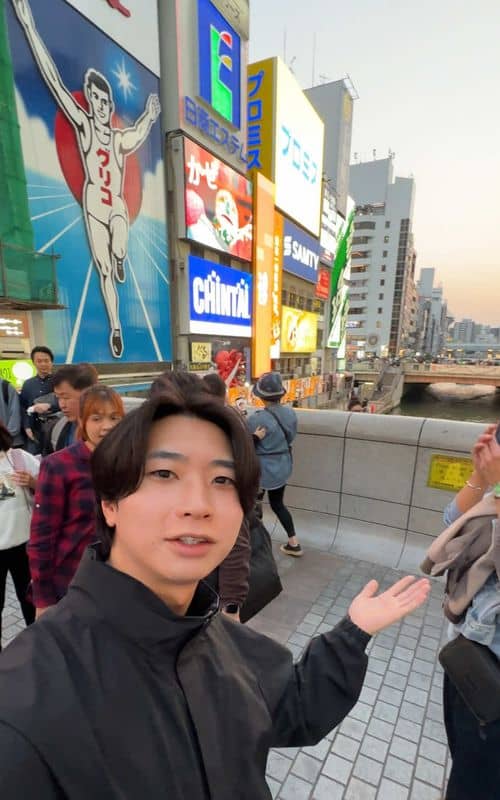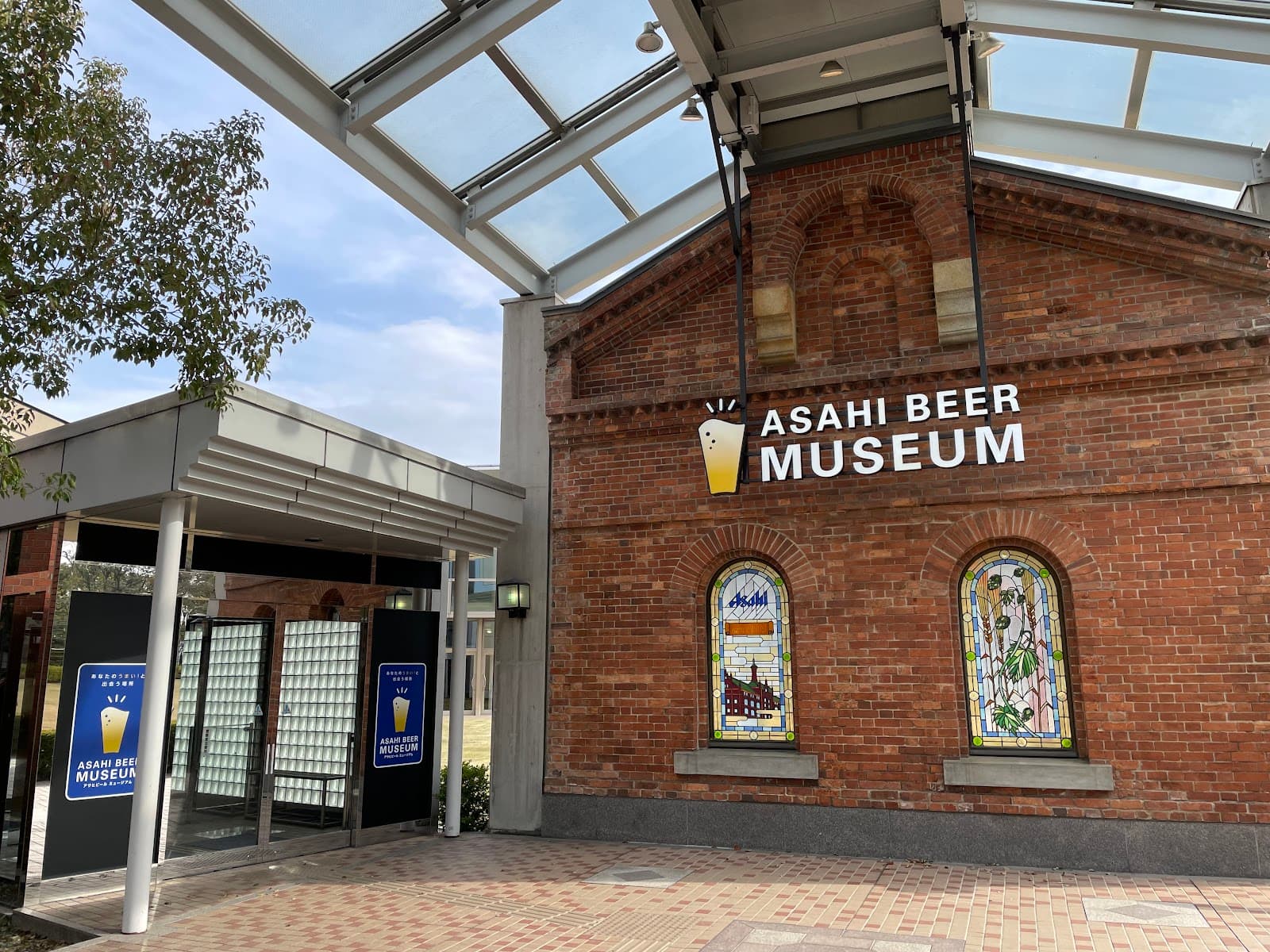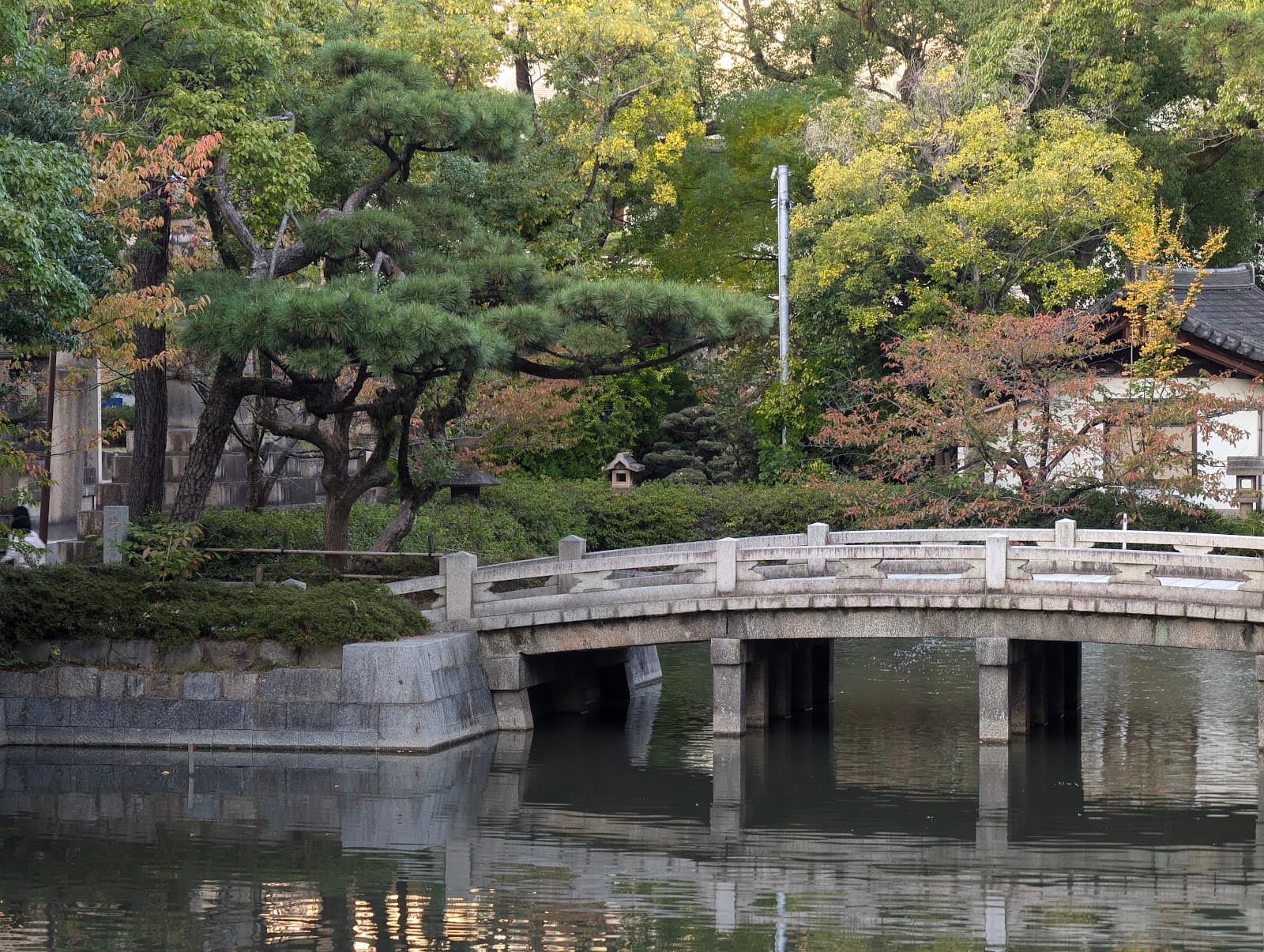
National Museum of Ethnology Osaka
Explore the world's diverse cultures at Osaka's National Museum of Ethnology, featuring extensive global collections and engaging exhibits.

Highlights
Must-see attractions

Social
From TikTok & Reddit
Best Time
Fewer crowds, more peaceful exploration

National Museum of Ethnology Osaka
Best Time
Fewer crowds, more peaceful exploration

Highlights
Must-see attractions
Explore the world's diverse cultures at Osaka's National Museum of Ethnology, featuring extensive global collections and engaging exhibits.
"A journey through global cultures that's both educational and visually stunning."

⏳ Allocate Ample Time
Minpaku is huge! Plan for at least 3-4 hours to truly appreciate the exhibits.
🎟️ Consider the Osaka Amazing Pass
Great value for transport and entry to many Osaka attractions.

Highlights
Discover the most iconic attractions and experiences

World Cultures Galleries
Permanent Exhibition Halls
Immerse yourself in diverse global cultures through detailed displays and artifacts.

Special Exhibitions
Special Exhibition Halls
Discover rotating exhibits that delve into specific cultural themes and contemporary issues.

Interactive Displays
Various Galleries
Engage with hands-on exhibits that bring cultural practices and histories to life.
Plans like a pro.
Thinks like you
Planning Your Visit
Plan Your Visit to the National Museum of Ethnology
Getting Around Osaka: The Amazing Pass Advantage
Best Times
Insider Tips
from TikTok, Instagram & Reddit
⏳ Allocate Ample Time
Minpaku is huge! Plan for at least 3-4 hours to truly appreciate the exhibits.
🎟️ Consider the Osaka Amazing Pass
Great value for transport and entry to many Osaka attractions.
🚶♀️ Wear Comfortable Shoes
You'll be doing a lot of walking to cover all the galleries. :athletic_shoe:
📸 Photography Rules
Check signage for areas where photography is permitted. :camerawithflash:
Tips
from all over the internet
⏳ Allocate Ample Time
Minpaku is huge! Plan for at least 3-4 hours to truly appreciate the exhibits.
🎟️ Consider the Osaka Amazing Pass
Great value for transport and entry to many Osaka attractions.
🚶♀️ Wear Comfortable Shoes
You'll be doing a lot of walking to cover all the galleries. :athletic_shoe:
📸 Photography Rules
Check signage for areas where photography is permitted. :camerawithflash:
🗺️ Download a Map
The museum is vast; a map helps navigate efficiently. :iphone:
What Travellers Say
Reviews Summary
Visitors praise the National Museum of Ethnology Osaka for its vast and diverse collections, offering a deep dive into global cultures. The museum's thoughtful presentation and interactive elements are frequently highlighted as positives. However, some find the sheer size overwhelming and recommend planning a visit strategically to avoid fatigue.
"A visit to the National Museum of Ethnology was met with both fascination and respect for the diversity of human cultures. The exhibits were thoughtfully curated, showcasing artifacts, textiles, tools, and multimedia displays from around the world. A strong sense of cultural richness and interconnectedness was conveyed through each section. The layout allowed for smooth navigation, and information was made accessible through multilingual descriptions. Time passed quickly as one was immersed in the stories and traditions of various civilizations. A deeply educational and enriching experience was enjoyed, making this museum a true cultural gem within Osaka."
.......
"Absolutely loved the museum. It has very detailed exhibitions for different regions, including Australia and Oceania, Americas, Africa, and all of Asia. Many regions include a real size models of the houses and the clothing, etc. I spent there around five hours and would be happy to spend even more, but in case if you just walk through without much stopping, you can finish within 1.5-2 hours easily. The entrance is very cheap (a few hundred yen), but the content is truly worth it. The descriptions of the cultures are very precise and detailed, I think it's because it is associated with the Graduate school of Ethnology. There were not many visitors, and overall it was an amazing experience, so if you are into ethnology, I would definitely recommend to visit."
Amina SABYR
"The National Museum of Ethnology in Osaka, known as Minpaku, offers a fascinating exploration of cultures from around the world. The exhibits feature artifacts, clothing, tools, and music from various regions, providing deep insights into human history and cultural diversity.
One of the highlights is the interactive displays and the chance to experience global cultures through videos, audio, and hands-on activities. The spacious and well-curated galleries make it a great place to learn and reflect.
Located in Expo Park, the museum is a must-visit for anyone interested in anthropology, history, and world cultures. Perfect for families, students, and curious minds!"
Gemi Komah
What People Like
What People Dislike
Frequently Asked Questions
🚇 🗺️ Getting There
The museum is accessible via public transport. Take the Hankyu Takarazuka Line to Ishibashi handai-mae Station, then transfer to the Hankyu Minoo Line and alight at Minoh Station. From there, it's a short bus ride to the museum. Alternatively, you can take the Osaka Metro Midosuji Line to Senri-Chuo Station and then a bus. The Osaka Amazing Pass covers many of these routes.
Yes, there is paid parking available at the National Museum of Ethnology Osaka. However, using public transportation is often more convenient and cost-effective, especially if you have the Osaka Amazing Pass.
From Umeda, you can take the Hankyu Takarazuka Line to Ishibashi handai-mae Station, then transfer to the Hankyu Minoo Line to Minoh Station, followed by a bus. This route is well-covered by the Osaka Amazing Pass.
Yes, you can take the Osaka Metro Midosuji Line to Senri-Chuo Station. From Senri-Chuo, you can catch a bus directly to the museum. This is another option covered by the Osaka Amazing Pass.
The museum is generally accessible, with elevators and ramps available. It's advisable to check the official website or contact the museum directly for specific accessibility information.
🎫 🎫 Tickets & Entry
The museum is typically open from 10:00 AM to 5:00 PM, with last admission at 4:30 PM. It is usually closed on Wednesdays and during the New Year holidays. Always check the official website for the most up-to-date hours.
General admission is usually around ¥500 for adults. Special exhibitions may have separate or additional fees. The Osaka Amazing Pass often includes free entry to the permanent exhibitions.
Yes, you can purchase tickets at the museum's ticket counter. However, buying online in advance or using the Osaka Amazing Pass can save you time, especially during busy periods.
Discounts may be available for students, seniors, and children. The Osaka Amazing Pass offers significant savings if you plan to visit multiple attractions.
While not always mandatory, booking tickets in advance or securing an Osaka Amazing Pass is recommended to avoid queues, especially during weekends and holidays.
🎫 🧭 Onsite Experience
The permanent exhibition halls showcasing world cultures are a highlight. Don't miss the diverse displays from Asia, Africa, the Americas, and Oceania. Special exhibitions also offer unique insights.
Yes, the museum offers interactive displays and engaging exhibits that can be interesting for children. However, the sheer volume of information might be more suited for older children and adults.
To fully appreciate the extensive collections, it's recommended to allocate at least 3-4 hours. Some visitors spend an entire day exploring all the galleries.
The museum may offer guided tours in Japanese. Information on available tours and languages can usually be found on their official website or at the information desk.
Photography policies vary by exhibition. Generally, photography without flash is permitted in the permanent exhibition halls, but it's essential to check for specific signage in each area.
🍽️ 🍽️ Food & Dining
Yes, the museum typically has a restaurant and a cafe where visitors can purchase meals and refreshments. These are convenient options for taking a break during your visit.
Outside food and drinks are generally not allowed inside the exhibition halls. However, there might be designated areas for picnics or consumption of personal items. It's best to confirm with the museum staff.
The cafe usually offers a selection of light meals, snacks, and beverages. The restaurant might provide more substantial dining options.
There are dining options available in the vicinity of the museum, particularly around the Senri-Chuo Station area, which is a major transportation hub.
📸 📸 Photography
The museum's architecture itself can be photogenic. Inside, look for visually striking displays in the permanent galleries and any unique elements in special exhibitions.
No, photography rules differ. While some areas allow photos without flash, others may prohibit it entirely to protect the artifacts. Always look for signs.
Tripods and selfie sticks are generally not permitted inside the museum to ensure the safety of exhibits and the comfort of other visitors.
The displays featuring traditional clothing, intricate crafts, and large-scale cultural artifacts often make for compelling photographs. The museum's unique architectural features can also be a great subject.
For Different Travelers
Tailored advice for your travel style
👨👩👧 Families with Kids
To make the visit more enjoyable for kids, consider focusing on specific regions or themes rather than trying to see everything. Bringing a stroller might be helpful for very young children, and comfortable walking shoes are a must for everyone. The museum's cafe provides a convenient spot for a break and refreshments.
🚶 Budget Travelers
Packing your own snacks and water can also help save money, though be mindful of the museum's policies on outside food. Exploring the free areas or focusing on the permanent exhibitions can provide a rich cultural experience without additional costs.
Deep Dives
In-depth insights and expert knowledge
Exploring World Cultures at Minpaku
Visitors often highlight the museum's commitment to presenting cultures in a nuanced and respectful manner. The displays go beyond mere objects, aiming to convey the context and meaning behind cultural practices. This approach makes the museum an educational and thought-provoking experience, encouraging visitors to reflect on their own cultural perspectives and the interconnectedness of humanity.
Beyond the permanent collections, Minpaku hosts a dynamic schedule of special exhibitions. These temporary shows delve into specific cultural phenomena, historical events, or contemporary issues, offering fresh perspectives and often featuring unique collaborations with international institutions. Checking the museum's website for current special exhibitions is highly recommended to make the most of your visit.
The Osaka Amazing Pass: Your Key to the City
Beyond transportation, the pass grants free entry to over 40 popular Osaka attractions, including landmarks like Osaka Castle, Tsutenkaku Tower, and the Umeda Sky Building. This can lead to significant cost savings, especially if you plan to visit several sites during your stay. The pass is available for one or two consecutive days, allowing flexibility based on your itinerary.
Many visitors on platforms like TikTok and Reddit rave about the value and convenience of the Osaka Amazing Pass. It simplifies travel planning by consolidating your transportation and entry tickets into one purchase, allowing you to focus more on enjoying the sights and sounds of Osaka.






Social
from TikTok, Instagram & Reddit